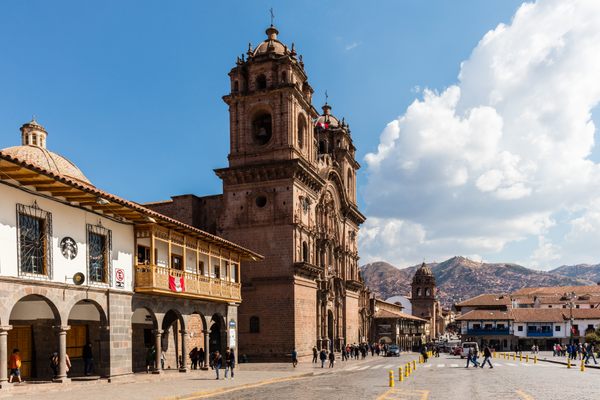The Incan Empire was completely destroyed by European forces in the 16th century. Many of their massive temples, fortresses and cities were left standing, but without any clues as to their purpose. Qenqo Temple, fifteen minutes from Cusco is similarly mysterious and a dark account has formed in the historical vacuum.
In Quechua, Qenqo means labyrinth or zig-zag and the temple is named for the crooked canal cut out of its rock. Although it is clear the canal carried some sort of liquid, researchers have been forced to guess at its purpose, and at what liquid it transported. Hypotheses range from carrying holy water, chicha (corn beer), or blood. All three indicate that Qenqo was used for death rituals, possibly to embalm bodies or detect whether a person lived a good life by the course the liquid followed.
Qenqo is a unique temple in its construction as well, having been entirely carved out of a gigantic monolith. Stretched across a hillside, the temple is carved out of rock and marries the man-made tunnels with natural chambers. One of these chambers features 19 small niches and is set up as an amphitheater. Once again, the purpose of the theater has been lost over time, but most agree the area was used for some type of sacrifice to the sun, moon and star gods who were worshipped at the site.
From the information available, it appears Qenqo Temple was an extremely holy site for the Incas. Their dead were judged and possibly embalmed in Qenqo’s winding tunnels, and blood sacrifices were offered to the heavenly gods. Despite the probable grisly purpose of the temple, its carved tunnels and chambers are an amazing work of ancient architecture, and a trip to Qenqo is sure to turn the wheels of mystery inside every visitor.
Know Before You Go
3 kilometers northeast of Cusco




























Follow us on Twitter to get the latest on the world's hidden wonders.
Like us on Facebook to get the latest on the world's hidden wonders.
Follow us on Twitter Like us on Facebook